Struggling with high energy bills and constant bulb changes? That’s not just frustrating—it’s costly. LED flood lights fix this by delivering long-lasting, energy-efficient brightness.
LED flood lights work by using semiconductors that emit light when current flows through them. This process, called electroluminescence, produces bright, focused light with minimal heat. These lights are energy-efficient, long-lasting, and perfect for illuminating large areas like stadiums, parking lots, and building exteriors. Their design allows for wide coverage with less power consumption, making them a popular choice for both commercial and residential use.
Hang tight—this guide will give you the full scoop.
Table of Contents
What is the Science Behind LED Lights?
LED stands for Light Emitting Diode, and it’s essentially a semiconductor device. When electricity passes through it, electrons move across a p-n junction, where positive (p-type) and negative (n-type) materials meet. As these electrons cross the junction, they release energy as photons, which we perceive as light—a process known as electroluminescence.
What sets LEDs apart is the efficiency of this process. Traditional bulbs waste a lot of their energy as heat rather than light. In contrast, LEDs channel nearly all their energy into visible light, minimizing heat waste. This efficiency not only reduces energy consumption but also significantly extends the lifespan of LEDs—often exceeding 50,000 hours. Without a fragile filament, LEDs are more durable and resistant to shock or vibration, making them a robust and long-lasting lighting solution.
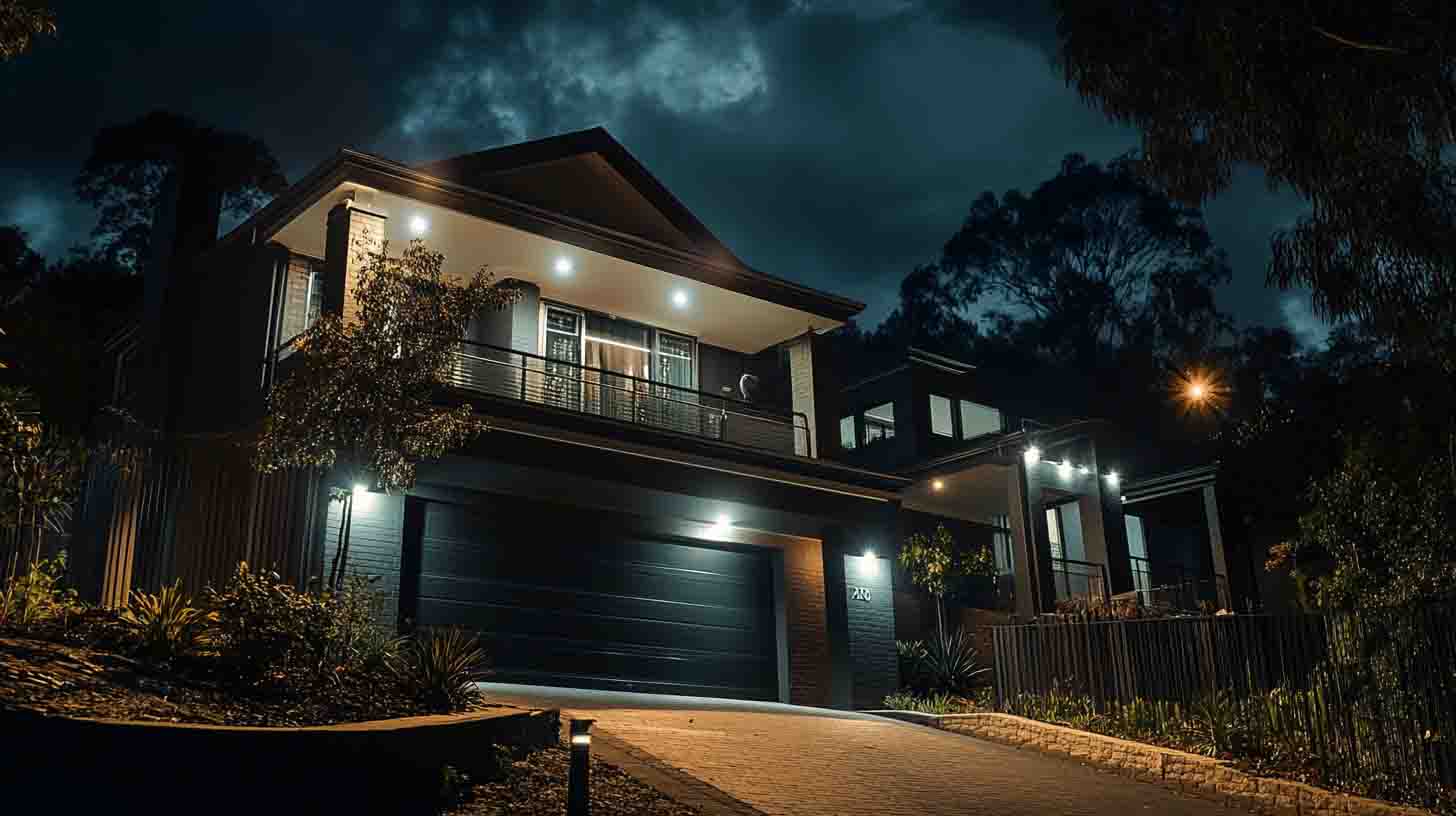
How Do LED Flood Lights Work?
LED flood lights use an array of small light-emitting diodes (LEDs) arranged on a circuit board. When electricity flows into the fixture, each diode emits bright light through a process called electroluminescence. This light is then directed and spread out using built-in lenses or reflectors, covering a wide area evenly.
These fixtures are usually housed in aluminum casings, which help draw heat away from the LEDs. Good heat management is key to keeping the LEDs running efficiently and extending their life. Many LED flood lights are also equipped with smart features like motion detectors or dusk-to-dawn sensors. That means they can turn on only when needed—saving energy while still lighting up outdoor areas like driveways, backyards, or building exteriors.
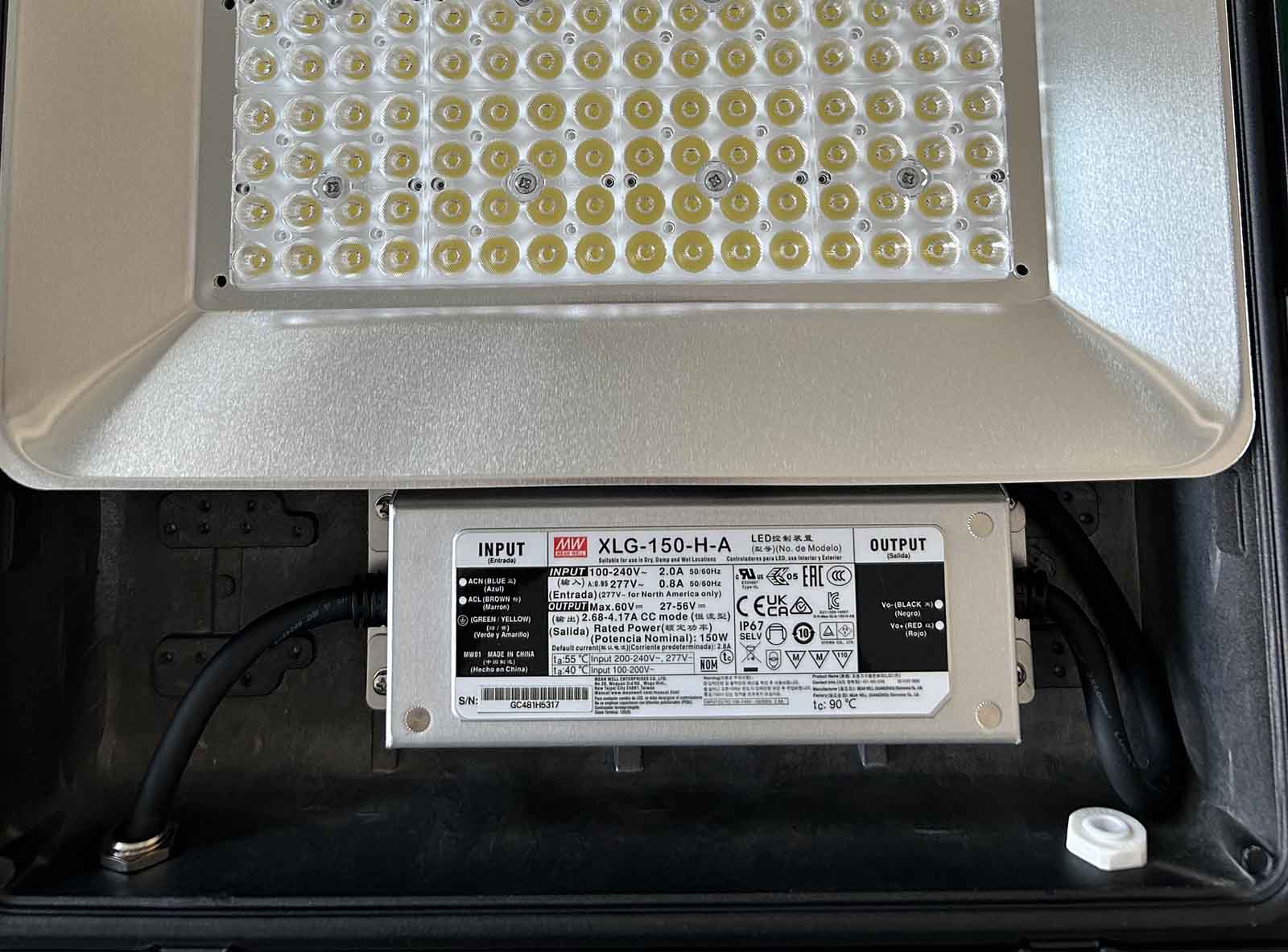
What Are the Advantages and Disadvantages of LED Flood Lights?
LED flood lights offer a mix of powerful benefits and a few things to watch out for.
Advantages:
- Energy Efficient: LED flood lights consume significantly less power than halogen or metal halide options—up to 80% less in many cases. That means lower energy bills and a greener footprint.
- Long Life: Quality LED flood lights can last over 50,000 hours. That’s years of reliable use without needing constant replacements.
- Instant Light: There’s no annoying warm-up time like you get with older lights. Flip the switch and they’re at full brightness.
- Durability: These lights are tough. They handle shock, vibrations, and rough weather much better than traditional fixtures.
Disadvantages:
- Higher Initial Cost: You’ll pay more upfront for LED flood lights. But that cost is often recovered quickly through energy savings and reduced maintenance.
- Heat Sensitivity: Cheap LEDs or poorly designed fixtures may struggle in very hot environments. Always go with products that include proper heat sinks.
- Directional Light: LEDs naturally emit light in a specific direction. For wider coverage, you might need extra optics or special lenses to spread the beam effectively.
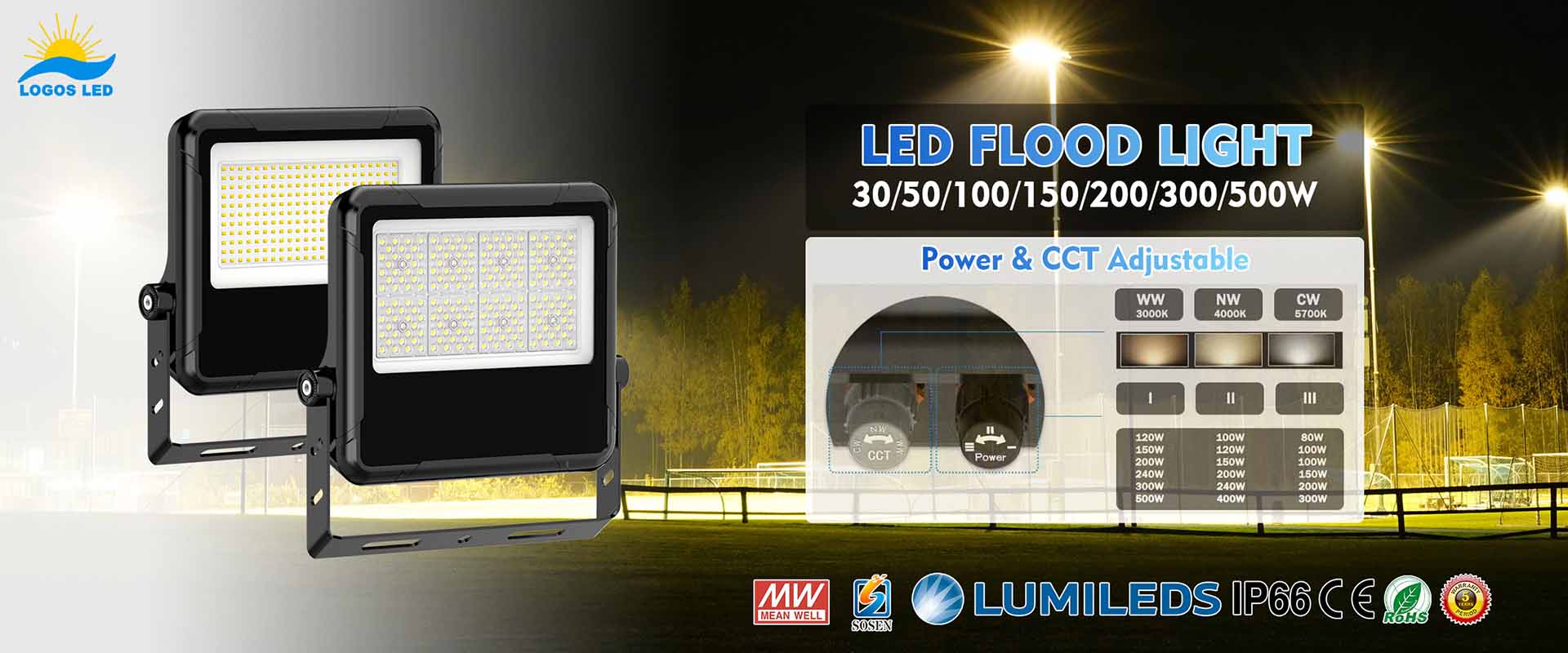
Do LED Flood Lights Use a Lot of Electricity?
Not at all. LED flood lights are designed to be energy savers. For example, a 50-watt LED flood light can easily replace a 150-watt halogen flood light, delivering the same level of brightness while using just one-third of the electricity.
This means even if you leave your LED flood lights on all night, they won’t make a big dent in your electricity bill. For larger setups like warehouses, parking lots, or security lighting, the savings add up fast. You get powerful light without the high power cost—exactly what you want for long-term use.
What Is the Lifespan of LED Flood Lights?
Quality LED flood lights can run up to 50,000 hours. That’s over 11 years if you run them for 12 hours a day.
Less downtime means fewer bulb changes, less maintenance, and lower overall costs. That’s why many companies are switching over from metal halide or halogen.
Do LED Flood Lights Lose Brightness Over Time?
Yes, they do—but not like old bulbs. LEDs don’t burn out suddenly. Instead, they gradually lose brightness through a process called lumen depreciation.
A high-quality LED flood light will still deliver 70–80% of its original brightness even after tens of thousands of hours. That’s why it’s important to choose LED lights with good heat sinks and proper thermal management. When heat is handled well, LEDs stay bright and efficient for much longer.
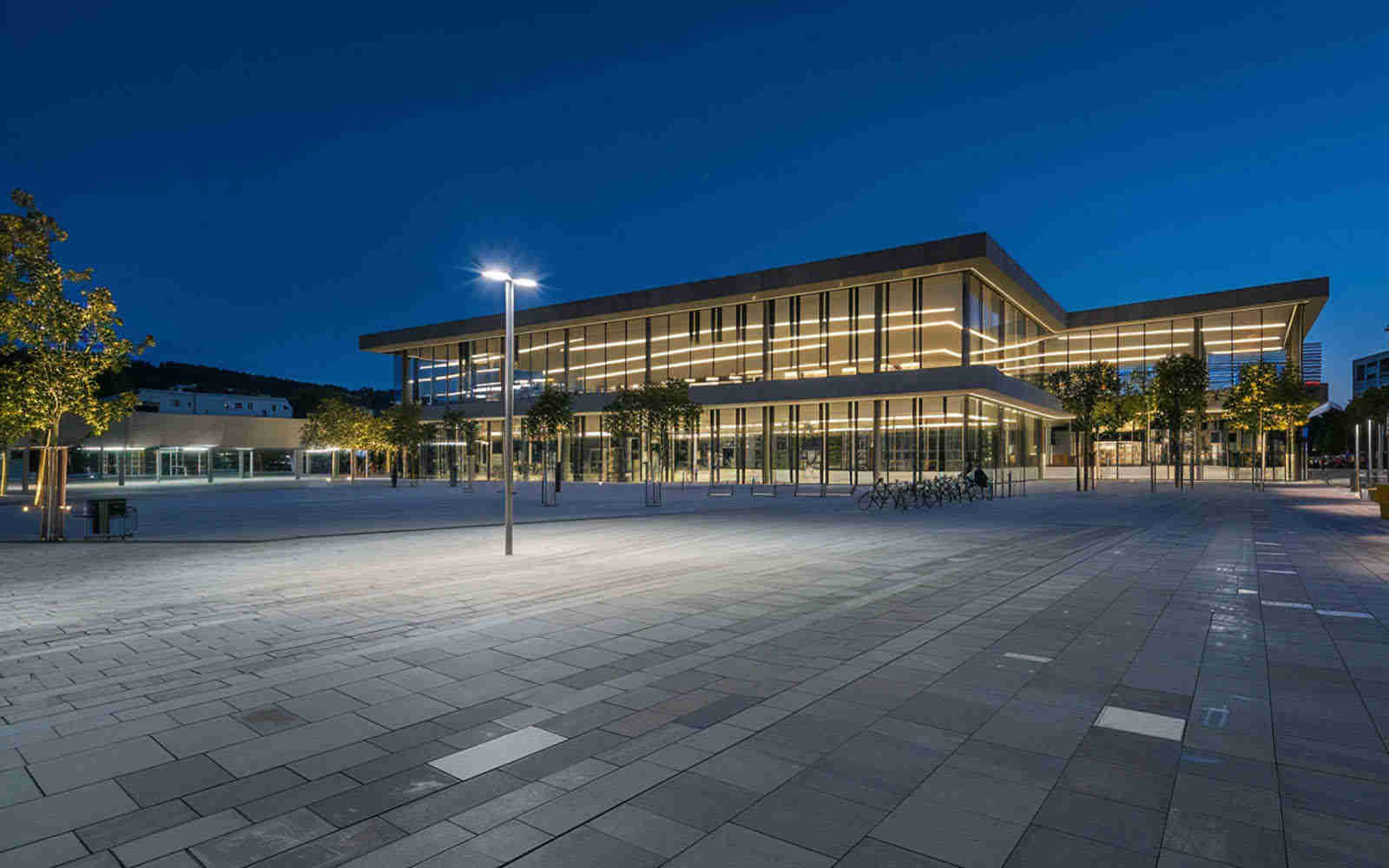
Conclusion
LED flood lights are a brilliant solution—pun intended. They deliver strong, wide light coverage, eat up less electricity, and outlast old-school bulbs by a mile.
Want help finding the right LED floodlight or high-lumen setup for your project? Just feel free to reach out to us directly. Our team of lighting experts is here to help.
Request A Free Quote Now!
Send us a message if you have any questions or request a quote. We will get back to you ASAP!



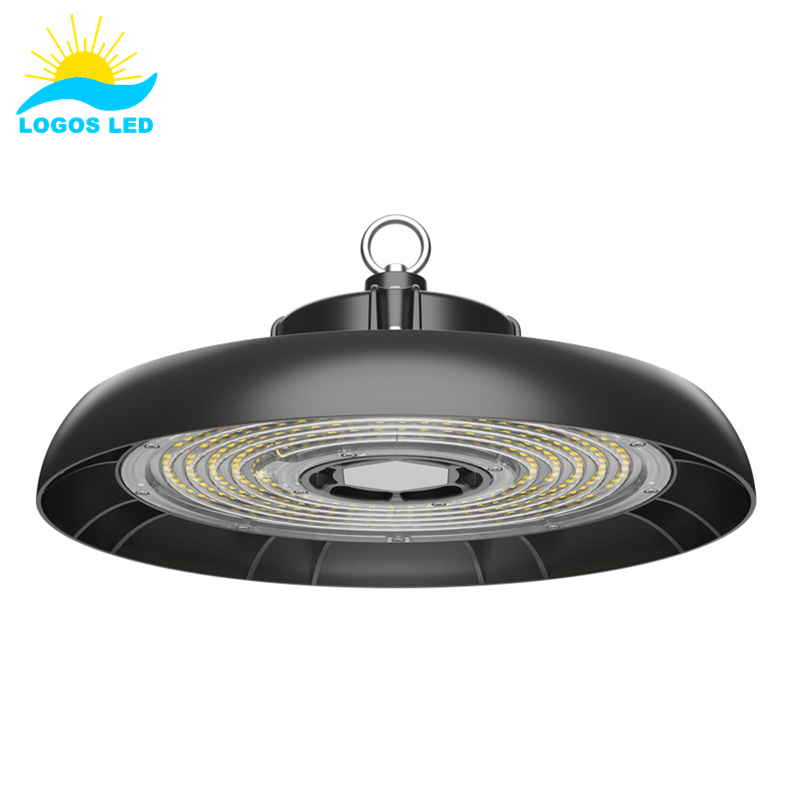

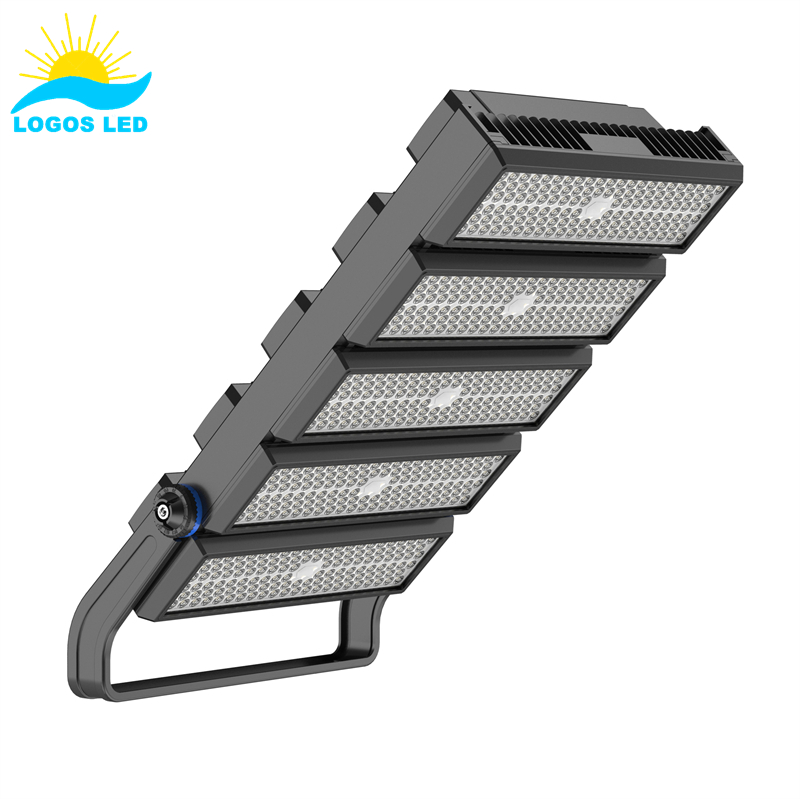
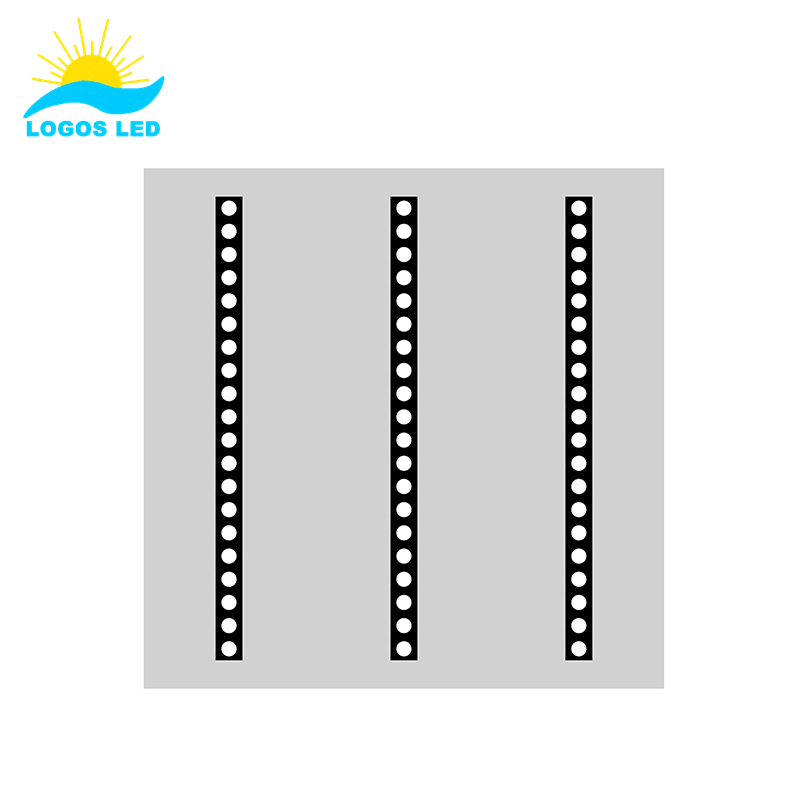
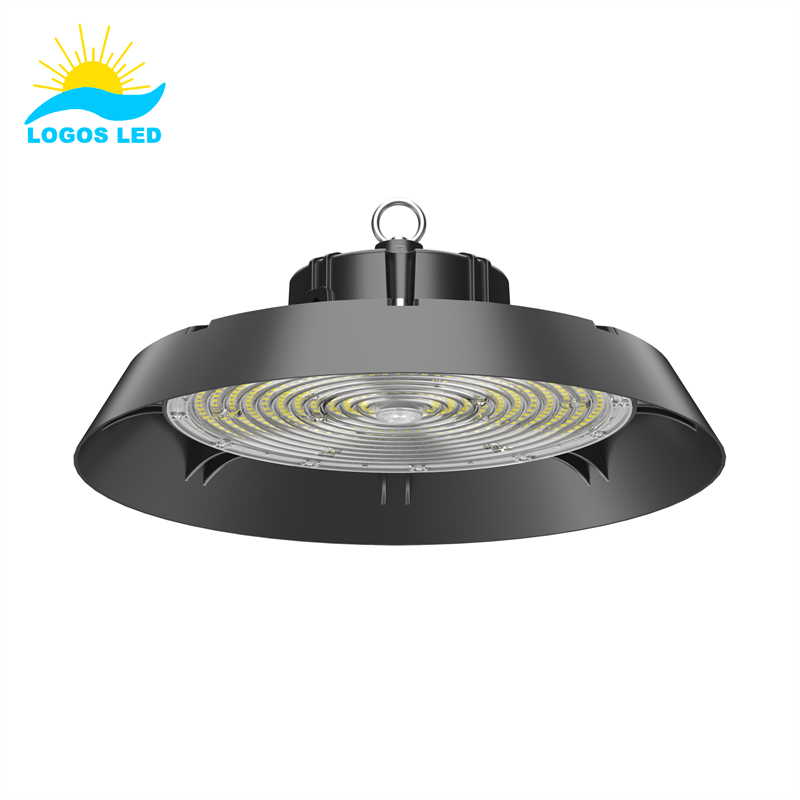
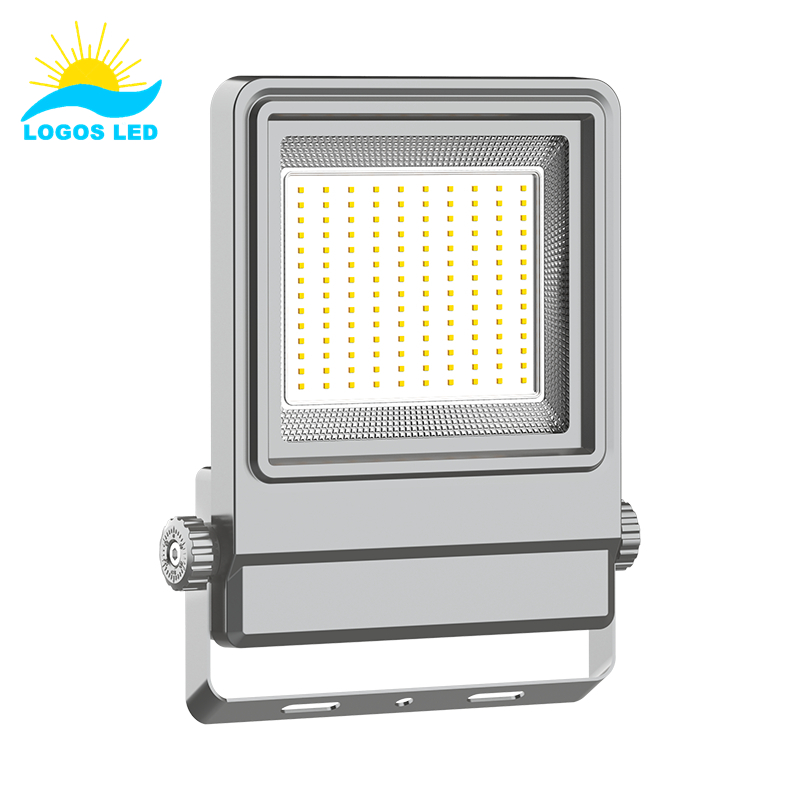

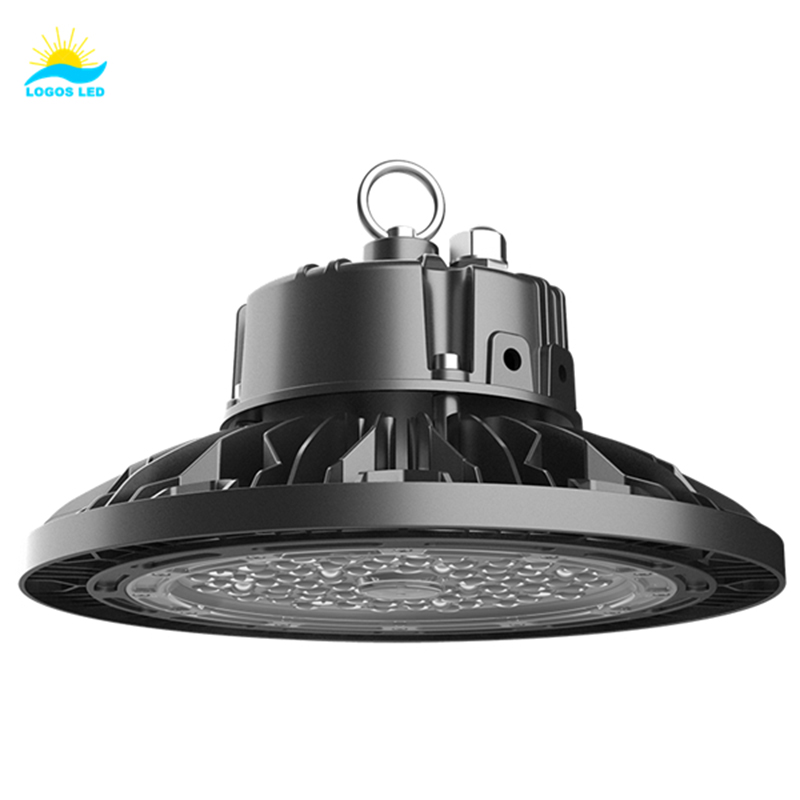
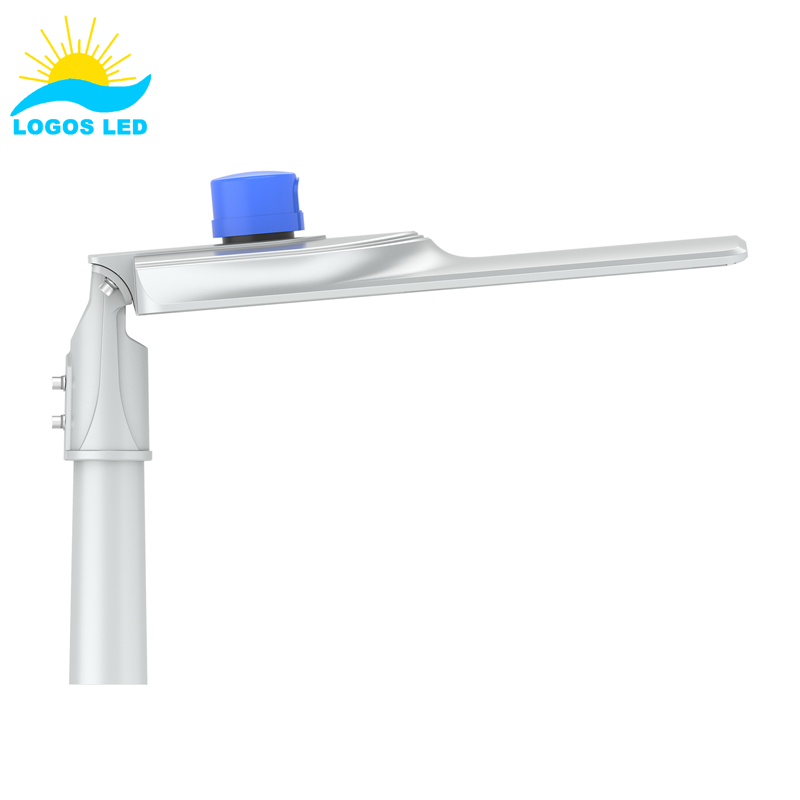
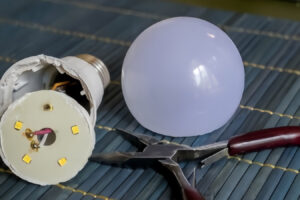
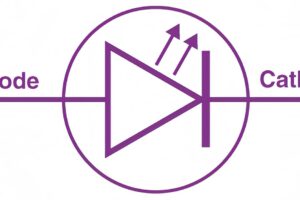
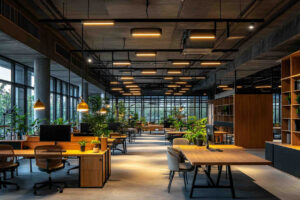

Leave a Reply
Your email is safe with us.